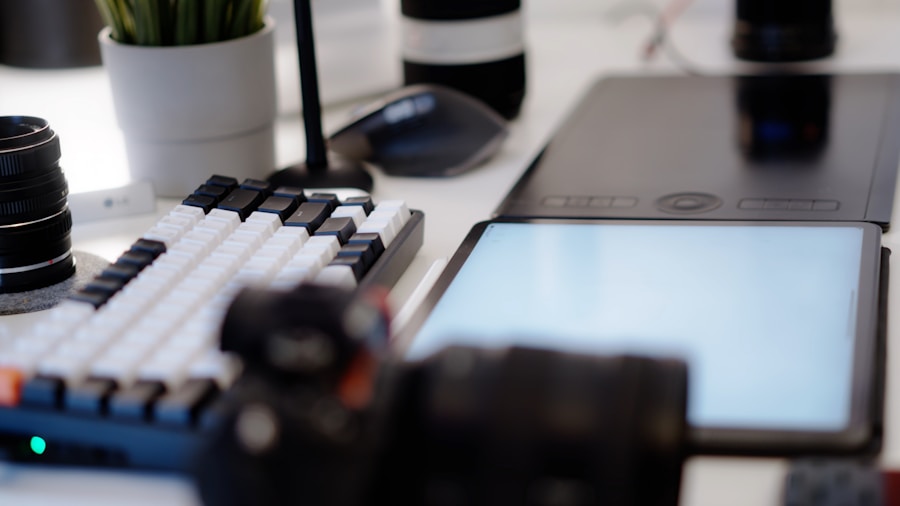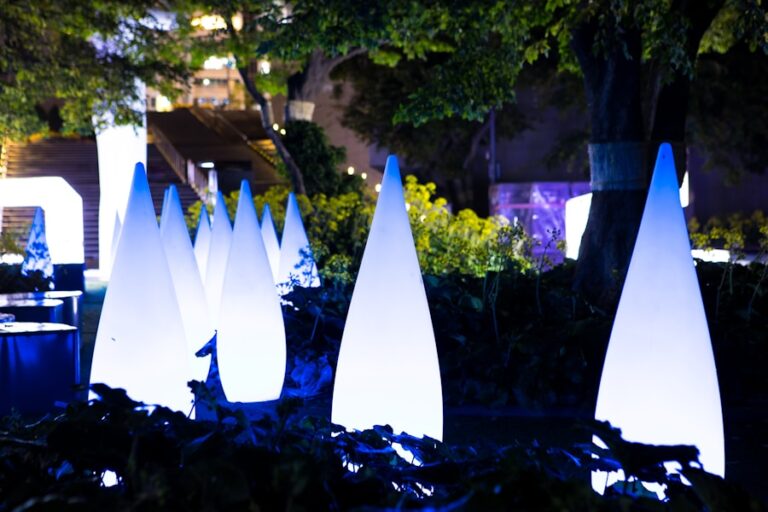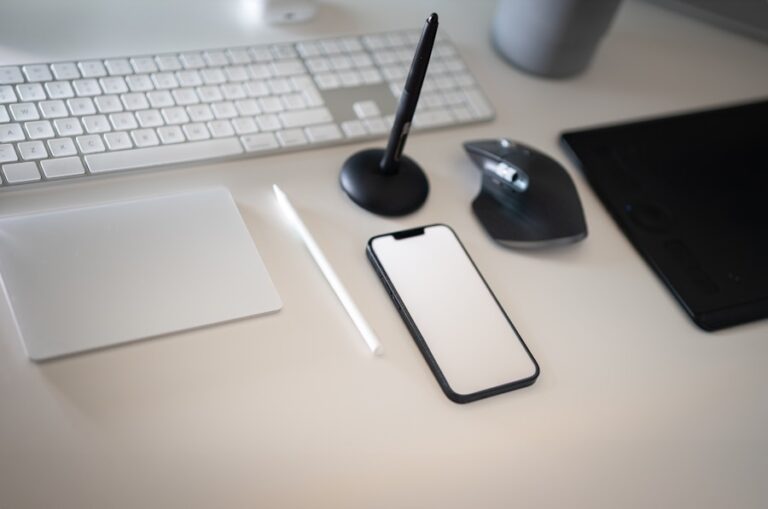Unleash Your Creativity: The Ultimate Guide to Digital Art Design
Digital art design is a form of visual communication that utilizes digital technology to create artwork. It encompasses a wide range of styles and techniques, including digital painting, vector graphics, 3D modeling, and photo manipulation. One of the key advantages of digital art design is the ability to easily edit and manipulate artwork, allowing for endless possibilities and experimentation. Digital art design can be created using a variety of tools and software, and can be shared and showcased on various platforms.
Digital art design often begins with a concept or idea, which is then translated into a visual form using digital tools. Artists can use digital drawing tablets, graphic design software, and 3D modeling programs to bring their ideas to life. Understanding the basics of digital art design involves learning how to use these tools effectively, as well as understanding the principles of composition, color theory, and visual storytelling. By mastering these fundamentals, artists can create compelling and impactful digital artwork that resonates with their audience.
Choosing the Right Tools and Software for Digital Art Design
When it comes to digital art design, choosing the right tools and software is crucial for creating high-quality artwork. There are a wide variety of digital art tools available, each with its own unique features and capabilities. Digital drawing tablets, such as Wacom and Huion, are popular choices for digital artists, as they provide a natural drawing experience and precise control over brush strokes. Graphic design software, such as Adobe Photoshop and Illustrator, are widely used for creating digital paintings, illustrations, and vector graphics. 3D modeling programs, such as Blender and Maya, are essential for creating three-dimensional artwork and animations.
In addition to choosing the right tools, selecting the right software is also important for digital art design. Different software programs offer different features and capabilities, so it’s important to choose one that aligns with your artistic goals and workflow. For example, Adobe Photoshop is known for its powerful photo editing and painting tools, while Procreate is popular for its intuitive interface and natural drawing experience. By carefully selecting the right tools and software for your digital art design needs, you can ensure that you have the necessary resources to bring your creative vision to life.
Exploring Different Techniques and Styles in Digital Art Design
Digital art design encompasses a wide range of techniques and styles, each with its own unique characteristics and visual appeal. Digital painting is a popular technique that allows artists to create realistic or stylized artwork using digital brushes and painting tools. Vector graphics are another common style in digital art design, known for their clean lines and scalability. 3D modeling is a technique that involves creating three-dimensional objects and environments using specialized software. Photo manipulation is a style that involves combining and altering photographs to create surreal or fantastical imagery.
In addition to these techniques, there are also various styles within digital art design that artists can explore. Realism is a style that aims to accurately depict the visual world, often through detailed rendering and shading. Impressionism is a style that focuses on capturing the essence of a subject through loose brushwork and expressive color. Surrealism is a style that explores the subconscious mind and dreams through fantastical imagery and unexpected juxtapositions. By exploring different techniques and styles in digital art design, artists can expand their creative repertoire and find new ways to express themselves visually.
Incorporating Traditional Art Techniques into Digital Art Design
While digital art design offers a wide range of possibilities and capabilities, it can also benefit from incorporating traditional art techniques into the creative process. Many traditional art techniques, such as drawing, painting, and sculpture, can be adapted and translated into the digital realm. For example, artists can use digital drawing tablets to create digital sketches and studies, mimicking the experience of drawing on paper. Digital painting software often includes brushes that replicate traditional painting mediums, such as oil, watercolor, and pastel.
In addition to traditional drawing and painting techniques, artists can also incorporate traditional principles of composition and visual storytelling into their digital artwork. The rule of thirds, leading lines, and balance are all concepts that apply to both traditional and digital art design. By integrating these traditional techniques into their digital workflow, artists can create artwork that is grounded in time-tested principles of artistry and craftsmanship.
Harnessing the Power of Color and Composition in Digital Art Design
Color and composition are essential elements of visual communication in digital art design. Color theory plays a crucial role in creating mood, atmosphere, and visual impact in artwork. Artists can use color harmonies, contrasts, and temperature to evoke specific emotions or convey a particular message. Composition is another important aspect of digital art design, as it determines how elements are arranged within the frame to create a visually pleasing and balanced composition.
In digital art design, artists can use various tools and techniques to harness the power of color and composition in their artwork. Digital painting software often includes color pickers, swatches, and blending modes that allow artists to experiment with different color combinations and effects. Composition guides, such as rule of thirds overlays and perspective grids, can help artists create dynamic and engaging compositions. By mastering the principles of color theory and composition, artists can create artwork that captivates their audience and communicates their artistic vision effectively.
Tips and Tricks for Creating Stunning Digital Art Designs
Creating stunning digital art designs requires a combination of technical skill, creativity, and artistic vision. One tip for creating compelling digital artwork is to experiment with different tools and techniques to find what works best for your artistic style. Whether it’s using custom brushes in Photoshop or exploring 3D sculpting in ZBrush, don’t be afraid to push the boundaries of your creative process.
Another tip for creating stunning digital art designs is to seek inspiration from other artists and art forms. Whether it’s studying the work of master painters or exploring contemporary digital artists on social media platforms, exposing yourself to a wide range of artistic influences can help you develop your own unique style. Additionally, don’t be afraid to take risks and try new things in your artwork. Whether it’s experimenting with unconventional color palettes or exploring abstract compositions, embracing creativity and innovation can lead to breakthroughs in your artistic practice.
Showcasing and Sharing Your Digital Art Designs on Various Platforms
Once you’ve created stunning digital art designs, it’s important to showcase and share your work on various platforms to reach a wider audience. Social media platforms such as Instagram, Twitter, and Facebook are popular choices for sharing artwork with a global audience. These platforms allow you to connect with other artists, receive feedback from your followers, and build a community around your artwork.
In addition to social media platforms, there are also specialized websites and online galleries where you can showcase your digital art designs. Websites such as DeviantArt, ArtStation, and Behance are popular choices for sharing artwork with a community of fellow artists and art enthusiasts. These platforms often provide tools for organizing your portfolio, receiving critiques from other artists, and even selling your artwork to potential buyers.
In conclusion, digital art design offers endless possibilities for creativity and expression. By understanding the basics of digital art design, choosing the right tools and software, exploring different techniques and styles, incorporating traditional art techniques, harnessing the power of color and composition, utilizing tips and tricks for creating stunning designs, and showcasing your work on various platforms, you can elevate your digital art practice to new heights. Whether you’re an aspiring artist or an experienced professional, there’s always something new to discover in the world of digital art design.






